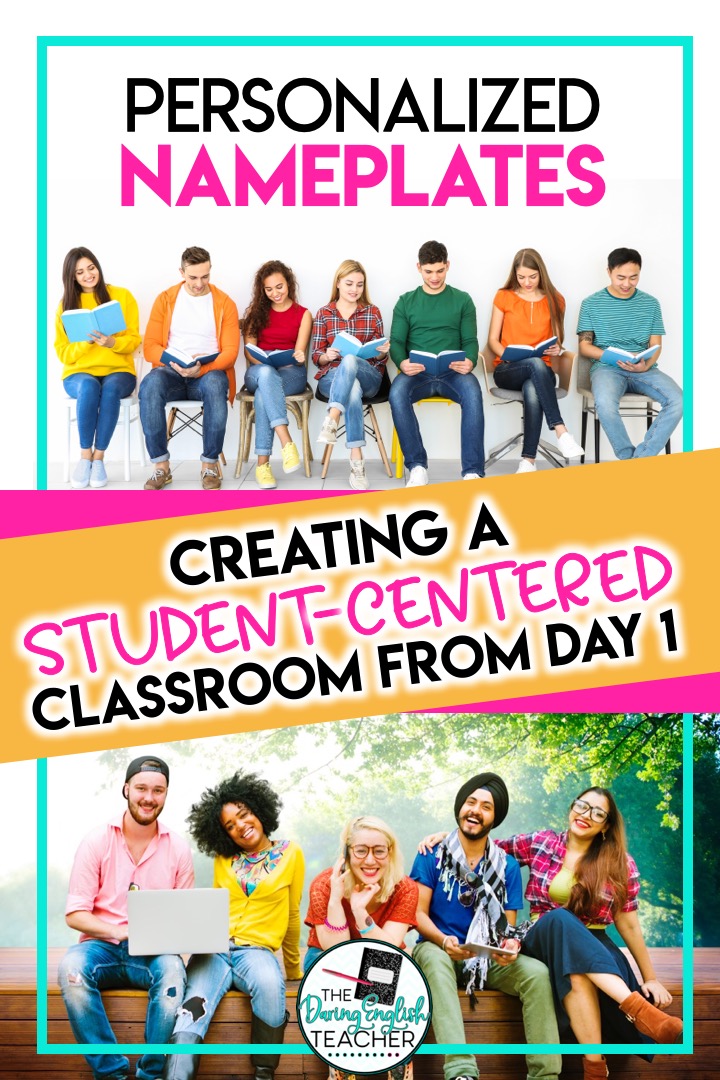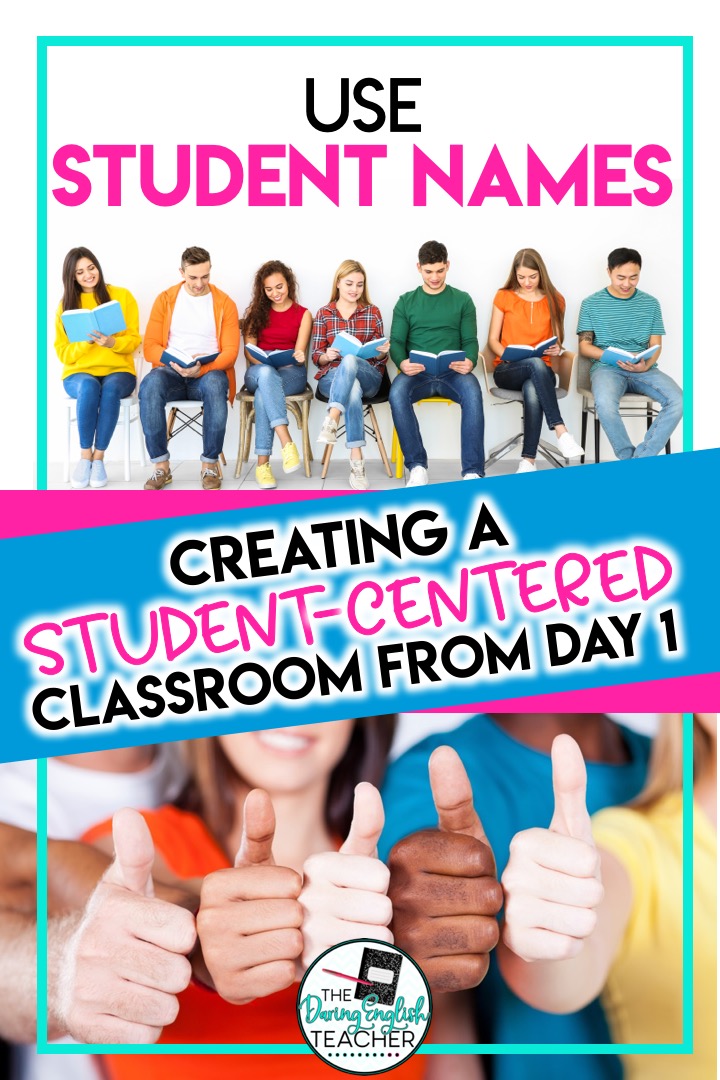With classes starting up again soon, it is essential to welcome your students back into the classroom in an engaging and personalized way. When students see personal touches they can connect to during class, they are more likely to see the classroom as a welcoming space where they can be themselves. A place that they will want to be.
While classrooms may look different this year, whether you are teaching in-person, in a hybrid setting, or entirely online, there are still ways to add personalized details to the back-to-school season. If you’re looking for information about starting the school year remotely, you might be interested in this blog post.
Here are four ways to center your classroom on the needs and interests of your students.
Creating a Student-Centered Classroom: Get to know your students.
This notion may seem obvious, but to personalize your classroom for your students, you have to know a little bit about them before starting the class. A great way to do this is to send out a back-to-school student survey at the beginning of the new school year to your students before class gets underway. If you’ve already started instruction, don’t worry. You still have time to get to know your students and their interests.
Your questionnaire can address topics from favorite books to favorite candy to favorite after-school activities. If you are teaching remotely, it also might be a great idea to survey students about their access to technology and comfort-levels of being on camera in a Zoom class.
A survey can be a great way to get a basic understanding of what your students like and don’t like, and it can help create assignments that students will enjoy. For example, if you are focusing on poetry and know that a few students like basketball and a few students shared that they love making cookies, you can group some of those students and have them work together to write a poem about that thing that unites them. This intentional grouping makes them feel like they can connect to the assignment more deeply. Plus, it shows your students that you took the time to get to know them. It also helps students to get to know other people that share the same interests.
Creating a Student-Centered Classroom: Personalized name tags and table tents
If your students are about to be back in your classroom in person, allow them to personalize their area with a nameplate that also represents who they are. If you are teaching online, encourage students to bring certain items to the Zoom classes to show off to their classmates. Yes, this might feel a bit childish, but students will reminisce about show-and-tell, and it is a great way to help build a virtual class community! In my digital Back-to-School Welcome Stations, one of the back-to-school stations is a virtual nameplate. I encourage all of my students who don’t feel comfortable having their cameras on to share their virtual nameplate instead.
Creating a Student-Centered Classroom: Incorporate students into stories
This simple teaching strategy is great when you’re working on essay-writing or editing and need some text examples. If you are about to workshop students’ essays and want to practice editing as a group, use a paragraph that you wrote incorporating students’ names and personal interests. This shouldn’t have to be mentioned but always write about students in a positive light. Avoid anything that might be misconstrued or embarrassing. The goal is to make students feel welcomed into your classroom, not alienated. (This could also be a great survey question. Do students give you permission to use their names in writing examples?) Students will get excited when they see themselves being included in the sample paragraph, and it will be more engaging to edit than a paragraph from another source.
Creating a Student-Centered Classroom: Consider students’ talents when creating assignments
If you have some freedom in choosing assignments for different units, considering students’ talents and interests is a great way to spark creativity and engagement with the class material. If you have many students interested in theater, assigning students to act out a scene would allow them to demonstrate their understanding by doing something they love to do. If you have students who love music, whether it be singing, playing an instrument, or simply listening to music, ask them to come up with a 5-song soundtrack that they think would pair well with the book you just read. If you have students interested in film, let them create a “trailer” for a book. If you have students who love art, suggest they recount their favorite part of the novel in the form of a comic strip. All of these assignments cater to students’ specific interests, but they are also an excellent way for students to demonstrate their understanding of the text through a medium they enjoy.
This will make them feel like you understand their interests and welcome their unique qualities in English assignments. If your class varies significantly in terms of hobbies and extracurricular activities, you can give all of these assignments as options. Students love when they have a choice in their assignments. If you assess on a standards-based rubric, you could have quite a few different assignment options. , and students can choose which one is the most exciting for them.
Every class will be different, as it is a different makeup of students with diverse backgrounds and varied interests and passions. This means that every classroom environment will be unique to the students inhabiting it. Personalizing your classroom, whether it be the physical space or the types of projects you assign, will help students to feel welcome and comfortable. Not every student will be excited about their English class, but incorporating these personalization ideas will help spark creativity and keep students engaged with the material.







